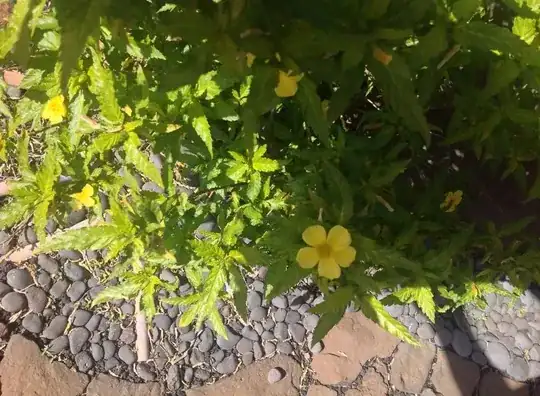We tried our hand at growing some potatoes this summer and I'm still hopeful we have a decent yield. We took too much advice from a lot of conflicting sources and didn't really grow them the right" way. We wanted to have a so-called vertical "potato tower" but again, listened to too much contradicting advice and ended up with a strange setup:
- I made 3 stackable rows of 2x6's out of red cedar (see photo below)
- I filled the first row (ground level) with compost, mulch and top soil, and then planted a few seed potatoes a few inches down inside of it
- I then put the 2nd row/stack on, and filled that with with the same compost/mulch/top soil mix
- Ditto for the 3rd row/stack
- I added a 4th row/stack but didn't put any dirt/mix in it, its more of a "guard rail" so varmints can't climb inside the bed
That was about 6 weeks ago, and now we have several potato plants that have grown up through the layers of soil (hopefully sprouting chutes and potatoes along the way) and the biggest plant has started to flower:
I'm wondering when and how we should harvest, given our unorthodox bed setup. Any ideas or thoughts? Thanks in advance!
